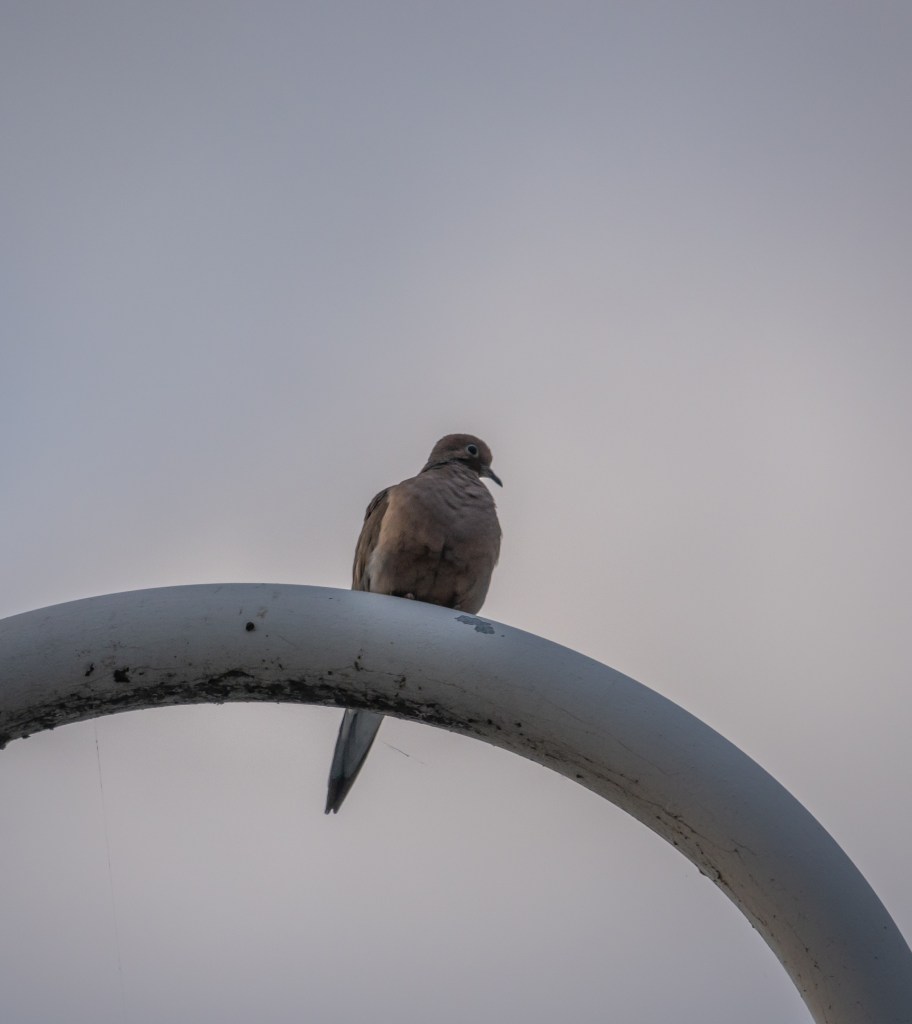From raccoonatticguide.com: Many people think that a raccoon that is outside and active during daylight hours has rabies. People know that racoons are nocturnal animals, and usually only active at nighttime. So if a raccoon is out and about during the day instead of night, something is wrong, right?
While it is true that a rabid raccoon will exhibit a variety of unusual behaviors, activity during daytime is most definitely not a guaranteed indicator of rabies. You see, although raccoons are primarily nocturnal, they do often get some stuff done during the day.
How can I tell if a raccoon has rabies? Rabid raccoons are very sick. Mostly, they are lethargic. Their walk may be erratic, or their legs paralyzed. They may be walking in circles or falling over, or lurching in an unnatural fashion. In short, they just plain look sick. If you see a raccoon outside when it’s light out, and it looks agile, alert, is running or foraging in a smooth and coordinated and normal manner, then you can be almost certain that it doesn’t have rabies. This doesn’t mean that you should approach it and offer it a lick of your ice cream cone, but you most likely have nothing to worry about.
Today we encountered an almost tame raccoon at Humber Bay. It showed no signs of being ill.




I can only guess at the reason: 1) it is an inexperienced juvenile or 2) someone is regularly bringing food for it.
As you see in these photos, it is completely harmless and very comfortable around people:




Today’s group (raccoon 3rd from the right):

Some birds:
























Many photographers had come to photograph the Hooded Mergansers:












Species list: double-crested cormorant, mute swan, Canada goose, mallard, gadwall, bufflehead, American wigeon, long-tailed duck, red-breasted merganser, hooded merganser, American coot, Cooper’s hawk, ring-billed gull, mourning dove, downy woodpecker, black-capped chickadee, yellow-rumped warbler, house sparrow, northern cardinal, white-throated sparrow. (20 species)
Park scenes:






NATURE POETRY
All day I have watched the purple vine leaves
Fall into the water.
And now in the moonlight they still fall,
But each leaf is fringed with silver. – Amy Lowell (1874–1925)
Miles Hearn

I’m a bit worried about that raccoon, and it being so tame, however delightful it is–what if it can’t fend for itself without people, I wonder? Well, what can one do about it anyway, I ask myself. One can only hope for the best, and that if it needs to be fed by people, that it continues to be fed!
I remember encountering a sick raccoon such as you describe. My friend and I kept our distance, all right, but we didn’t know what was wrong with it. Now I can suspect rabies, we probably did at the time. I also remember the time I came back after one of our group walks (here!) to put a dying raccoon we encountered in a box to get it to Animal Services. Now that I realize that it might have had rabies, (it must have occurred to me!) I also realize that I took a risk, however well intentioned/compassionate (mindful of its teeth and claws, I was very careful in how I handled it, getting it into the box I found). As it was, I almost killed myself anyway, carrying that heavy box (it was hot outside!) until I could get to the road and wave down a taxi and get it to Animal Services (where it was humanely put down). I don’t regret shortening its suffering, anyway.
(What a change in tone from my usual comments!)
Ending on a happier note: Lots of people watching, of people watching, here!
A couple of years ago on a walk at Ashbridges Bay with a LIFE Institute birding group, we encountered a raccoon in obvious distress. It was lying on its back in the narrow pathway so we had to step around it or over it to continue on our way. One woman bent down to get a better look at the raccoon and it bit her on the leg. A couple of our group took her to the hospital and I called 311 to report the ill raccoon. We were all worried, of course, about rabies. The story had a positive ending but probably not for the raccoon. The woman’s leg was treated and she was back with us on our next walk. City workers were able to locate the raccoon and remove it – it likely died or was euthanized shortly thereafter. It would have been tested for rabies. I was informed that there is currently no rabies in Toronto and City staff monitors that situation closely. It is much more likely when you see a raccoon in distress that it is suffering from distemper for which there is no treatment. Good to know that not all raccoons encountered during the day are ill!
Raccoons are regular visitors in our neighbourhood. We have caught several and bring them to a large ravine a couple of miles away. We have also caught 2 opossums and a few skunks. Sometimes we see them in the morning wandering around. A few years ago a mother raccoon and her 2 babies made a home on our roof. Again we managed to catch them and bring them to the large ravine. They are awfully cute though.